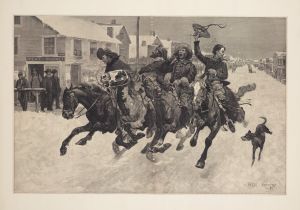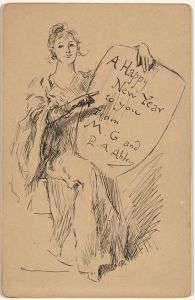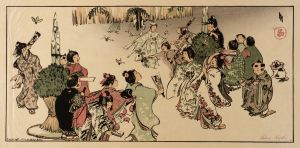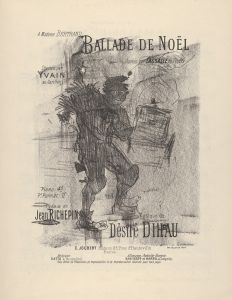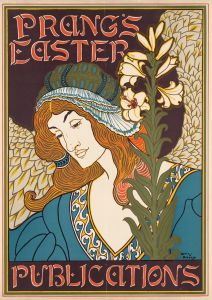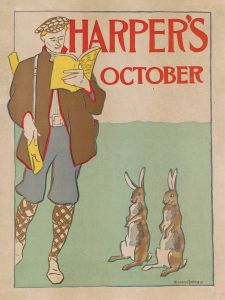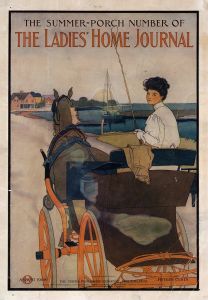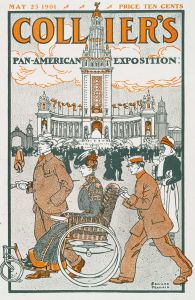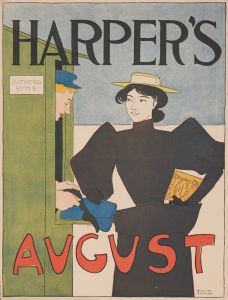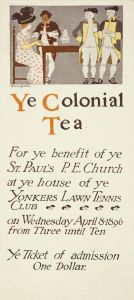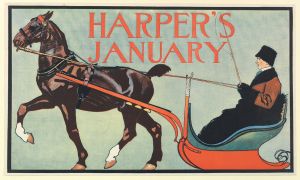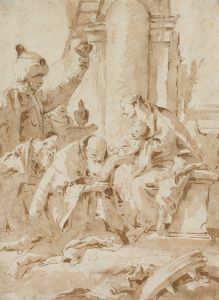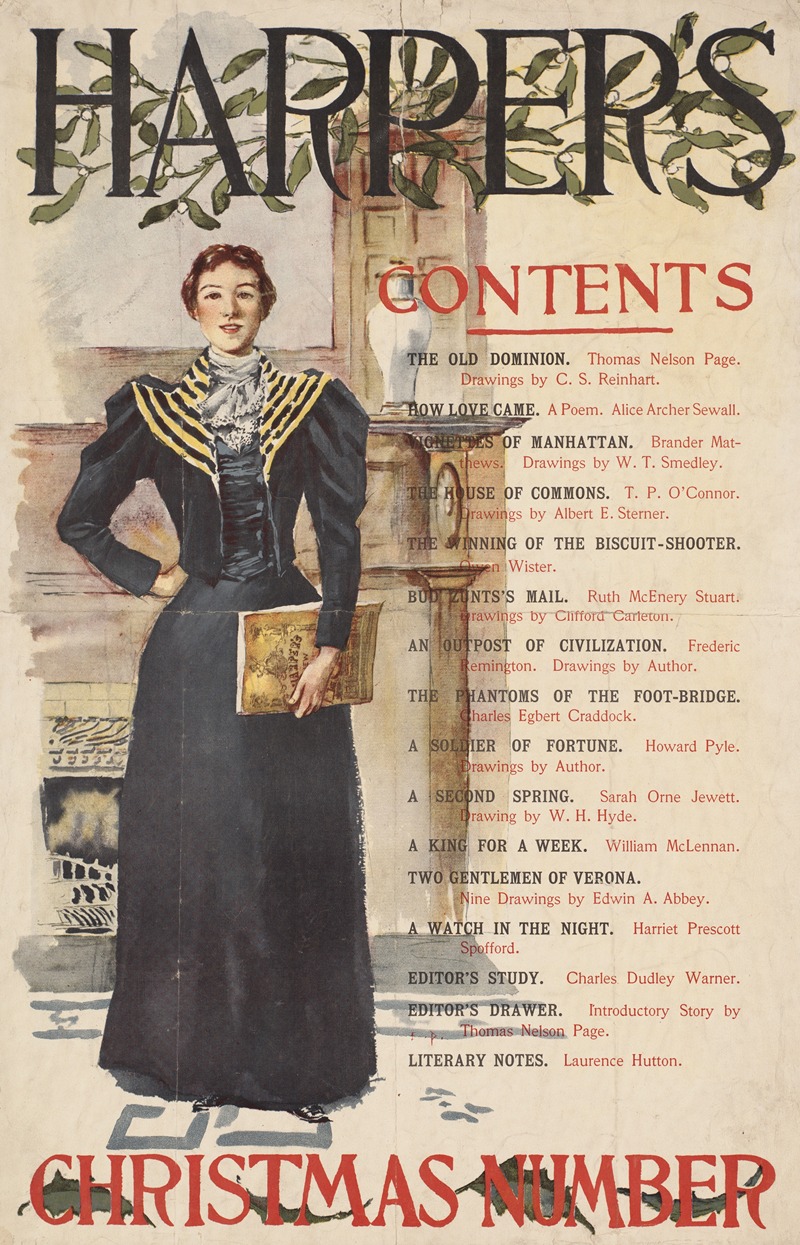
Harper’s Christmas number
A hand-painted replica of Edward Penfield’s masterpiece Harper’s Christmas number, meticulously crafted by professional artists to capture the true essence of the original. Each piece is created with museum-quality canvas and rare mineral pigments, carefully painted by experienced artists with delicate brushstrokes and rich, layered colors to perfectly recreate the texture of the original artwork. Unlike machine-printed reproductions, this hand-painted version brings the painting to life, infused with the artist’s emotions and skill in every stroke. Whether for personal collection or home decoration, it instantly elevates the artistic atmosphere of any space.
Edward Penfield was an influential American illustrator and a key figure in the development of graphic design in the late 19th and early 20th centuries. He is best known for his work as an art director for Harper's Magazine, where he created a series of monthly posters that are considered some of the earliest examples of modern poster art. Among his notable works is "Harper’s Christmas Number," a piece that exemplifies his distinctive style and contribution to the field of illustration.
"Harper’s Christmas Number" was created during Penfield's tenure at Harper's, a period when he was producing a new cover or poster for the magazine each month. These works were not only promotional tools but also pieces of art that captured the essence of the magazine's content and the spirit of the times. Penfield's work is characterized by its bold outlines, flat colors, and simplified forms, which were influenced by the Art Nouveau movement and the Japanese woodblock prints that were popular among Western artists at the time.
The "Christmas Number" poster is a quintessential example of Penfield's style. It features a festive scene that reflects the holiday season, likely designed to attract readers to the magazine's special Christmas edition. Penfield's use of color and composition in this piece is both striking and effective, drawing the viewer's eye and conveying a sense of warmth and celebration. The design would have been printed using the lithographic process, a common technique for posters of that era, which allowed for vibrant colors and detailed imagery.
Penfield's work, including "Harper’s Christmas Number," played a significant role in the evolution of American illustration. His posters were among the first to be collected and appreciated as art in their own right, rather than merely as commercial advertisements. This shift in perception helped to elevate the status of illustration and graphic design, paving the way for future generations of artists.
In addition to his artistic contributions, Penfield was also a mentor to younger illustrators and designers. His work at Harper's set a standard for magazine illustration and influenced the visual language of American advertising and publishing. The simplicity and elegance of his designs continue to be admired and studied by art historians and graphic designers today.
Overall, Edward Penfield's "Harper’s Christmas Number" is more than just a magazine cover; it is a reflection of a pivotal moment in the history of graphic design. It showcases the blend of artistic innovation and commercial appeal that defines Penfield's legacy and highlights the important role of illustration in shaping cultural and artistic trends at the turn of the 20th century.






